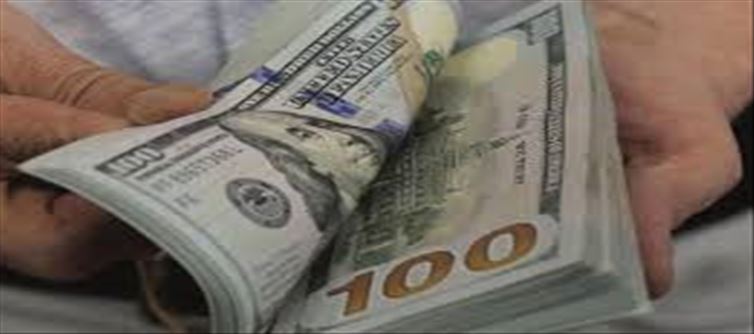
In recent times, there have been several reports on the falling value of Rupee against the US Dollar. This is generally seen as a positive development, but the decision of the bank OF INDIA' target='_blank' title='reserve bank of india-Latest Updates, Photos, Videos are a click away, CLICK NOW'>reserve bank of india (RBI) to control the exchange rate is fraught with many risks. The exchange rate of Rupee, which represents the value of one country's currency against another currency, is an important indicator of economic stability. When the value of Rupee falls, it not only makes imported goods expensive but also creates opportunities for exporters. However, RBI's intervention is necessary to prevent excessive fluctuations in the market.
In this article, we will discuss the various components of the exchange rate of Rupee, such as foreign exchange reserves and its demand-supply. Apart from this, we will know how RBI's intervention works and what can be its long-term effects. Overall, the falling value of the rupee is a complex issue that is not only important from an economic perspective but also affects the country's reputation and position in the global market. It requires the right policies and measures to ensure that india moves towards a strong and sustainable economic future.
What is exchange rate?
The exchange rate is the price at which the currency of one country can be converted into the currency of another country. For example, if the price of 1 US dollar is Rs 77, it means that indians have to spend Rs 77 to buy one dollar. There are different types of exchange rates:
Fixed exchange rate: In this system, the exchange rate is kept stable by the government or the central bank.
Free exchange rate: In this system, the exchange rate is fixed based on market forces.
Managed exchange rate: In this, the central bank controls the exchange rate by intervening in the market.
The free market system is used in india, but the RBI intervenes as needed to control excessive fluctuations.




 click and follow Indiaherald WhatsApp channel
click and follow Indiaherald WhatsApp channel